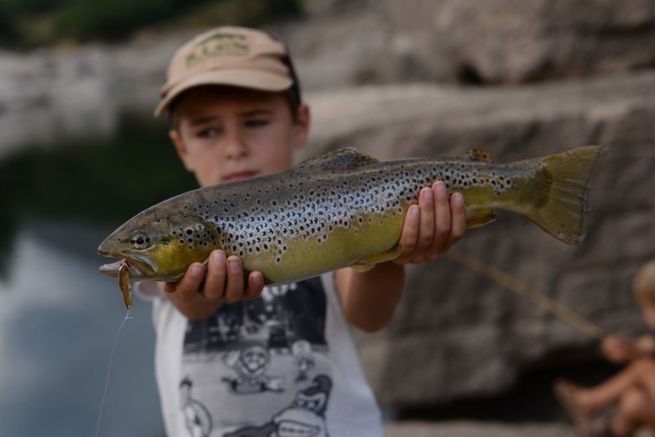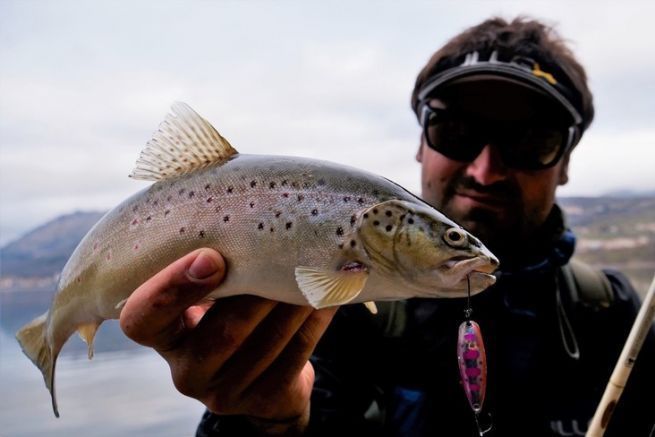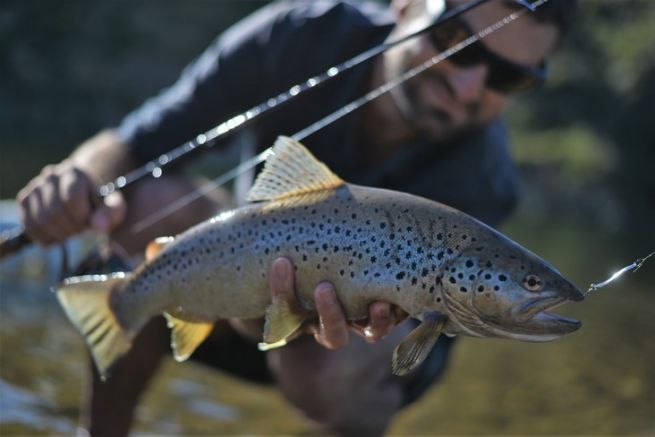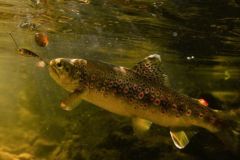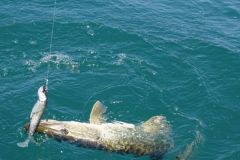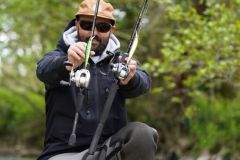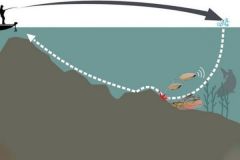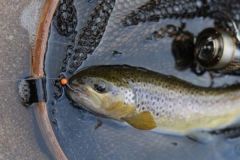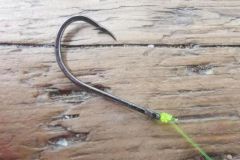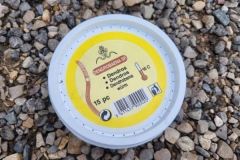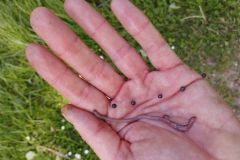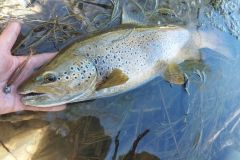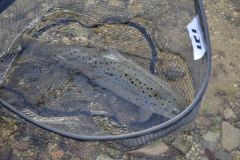Linear
On a river or lake, the basic animation of a wobbling spoon is to cast and retrieve. The first step is to reel in the spoon so that it swims correctly. The angler must adapt his retrieve speed to the type of undulating spoon he's using and to his intended use. If you retrieve too fast, the spoon will tend to spin on itself or rise rapidly to the surface and not fish cleanly. Too slow and the lure will sink without the desired swimming amplitude and attraction, making the whole thing inoperative.
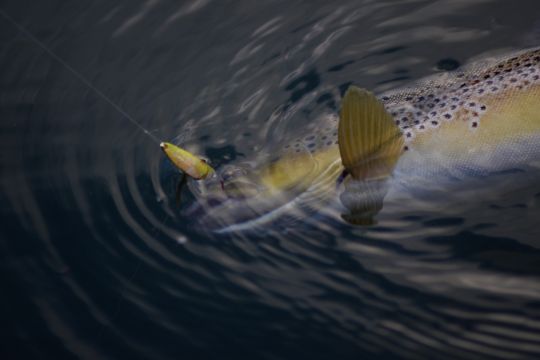
In rivers the Illex Tricoroll Spoon, a relatively thin and heavy undulating line, allows you to fish downstream or upstream without being affected by the force of the current. This means you can fish deep, close to the bottom, in pools or veins of strong current.
In lake the larger, finer metal shapes are very flickable and have a wide swimming range on very slow retrieves (Illex Native Spoon for example). You'll be able to let your undulator sink to a greater or lesser extent to fish different layers of water. In any case, you'll need to adapt your model to the retrieve speed you want. Each undulator will "swim" for a given retrieve speed range, so pay close attention!
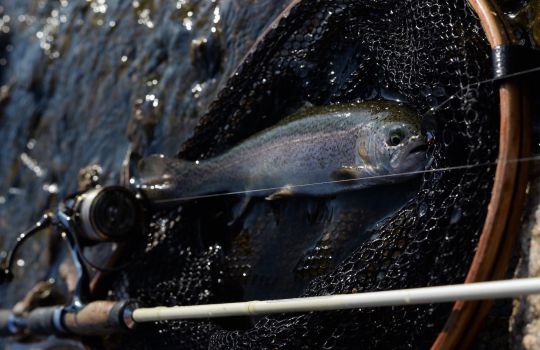
Sawtooth animation
Some wobbling spoons can be animated in a sawtooth pattern. The lure is reeled in quickly and allowed to sink to the bottom. The fluttering effect imitating a struggling fish can be very attractive to trout, who may not hesitate to grab this lure on the way down.
Twitching
In addition to these two types of animation, you can also use twitching to throw the lure off balance and create a more random, unpredictable swimming action. What's more, this often produces reflections that arouse the curiosity of salmonids and trigger attacks.
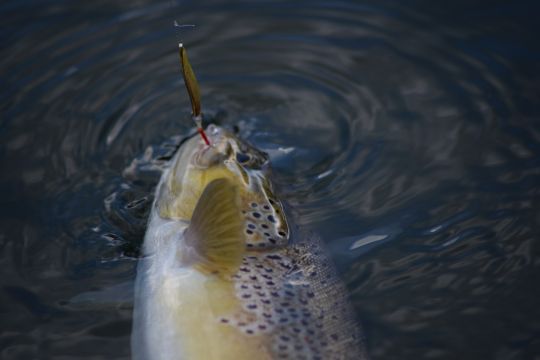
Choosing the right fastener
When using wobbling spoons, I recommend two types of fastener: a classic staple with a fairly wide eye will enable you to attach your wobbling spoon easily and change it quickly. It leaves more room for movement than a simple knot, which is inadvisable because the thickness of the metal at the clip is such that simple knots don't hold very well...
Finally, I use the "rapala" knot on lightweight models for maximum freedom of movement and travel. This is a wide loop that offers very little rigidity at the attachment and lets the undulator swim with maximum amplitude, even at low retrieve speeds.
